Sep 3, 2015
Mars One Mission Called ‘Unsustainable,’ And Here’s Why
Posted by Sean Brazell in categories: 3D printing, space
Ever heard of 3-D printing? Besides, if humanity had followed this guys advice, MIT or not, we would have never left Africa. Never built a new village, town, or city. Never gone to the moon — and we DEFINITELY would never have created a place like MIT AT ALL.
Life is messy, painful, rough and often unforgiving, but taking risks is part of our collective species identity. To succeed sometimes we have to fail, and if that’s what happens with this endevor then, at the very least we’ll know what NOT to try next time.
Continue reading “Mars One Mission Called 'Unsustainable,' And Here's Why” »
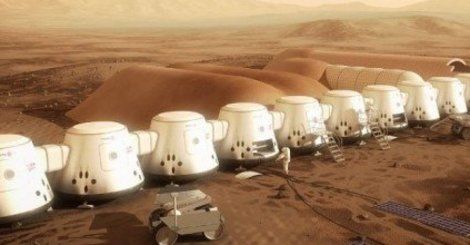
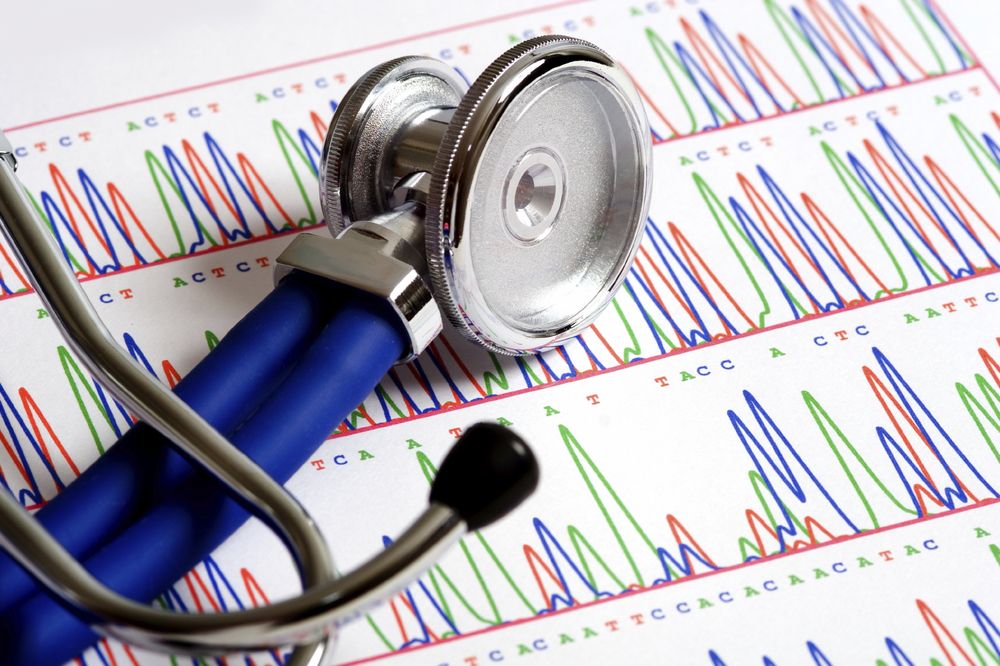
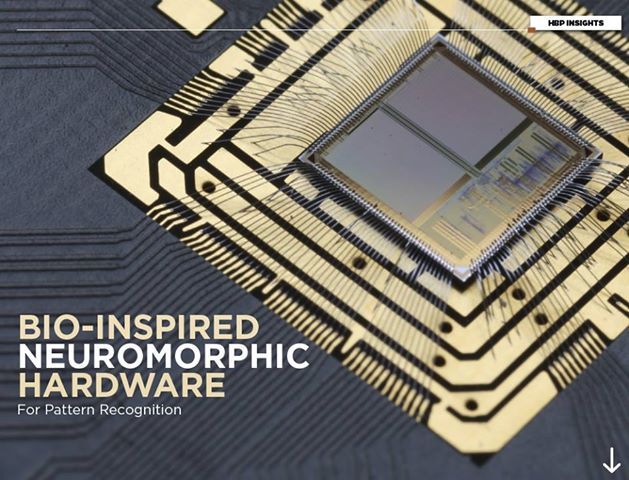
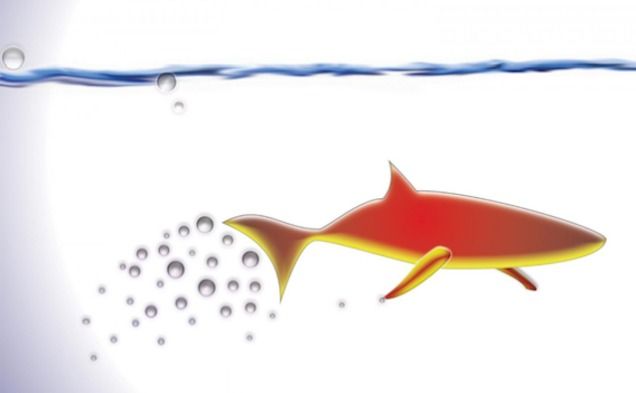

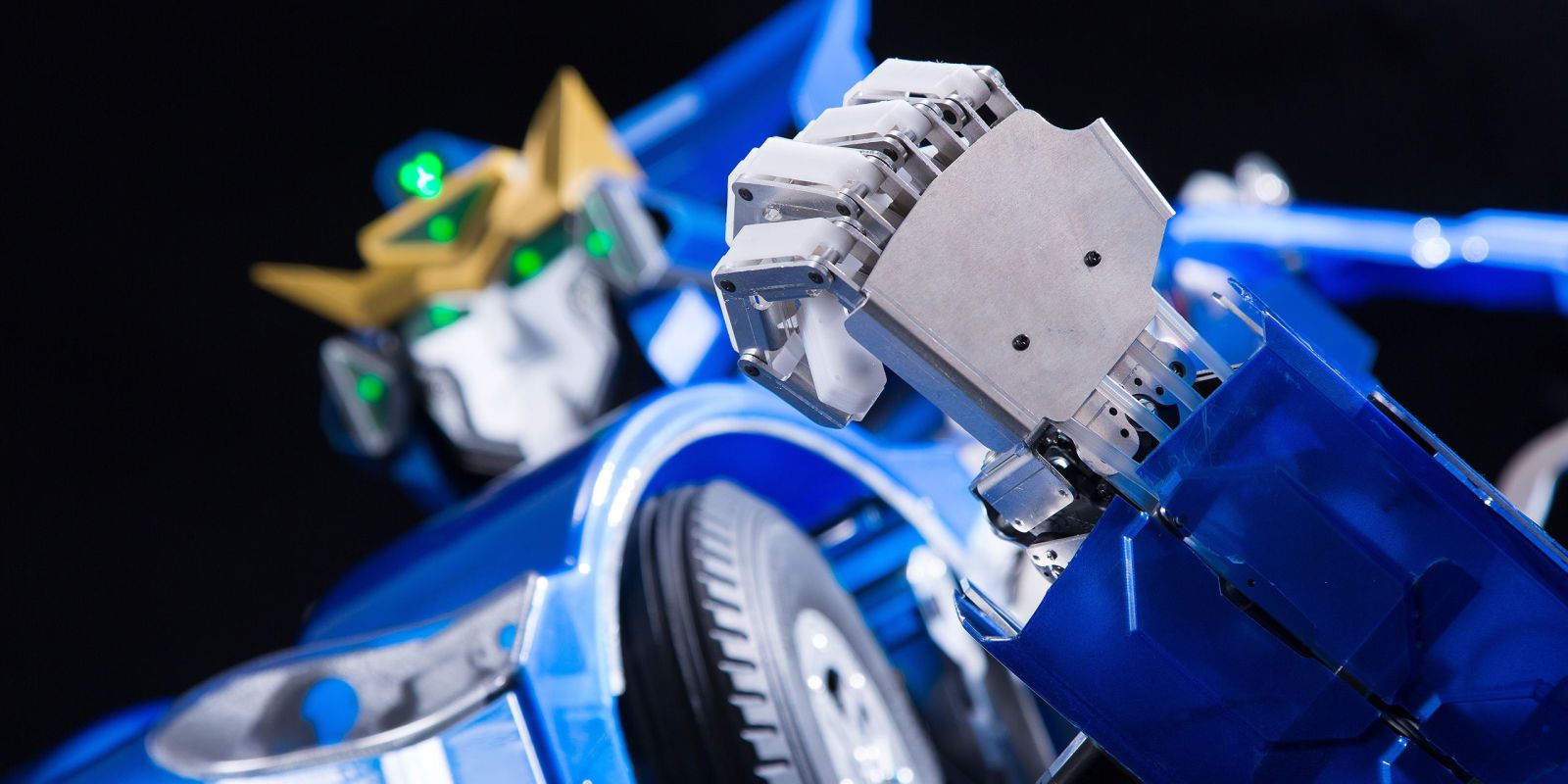

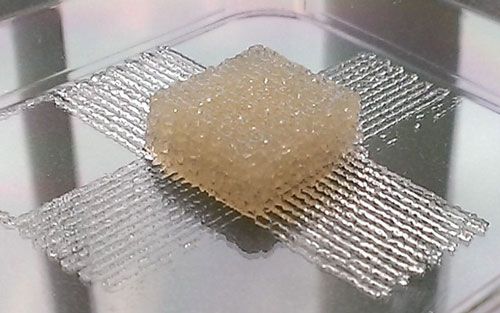
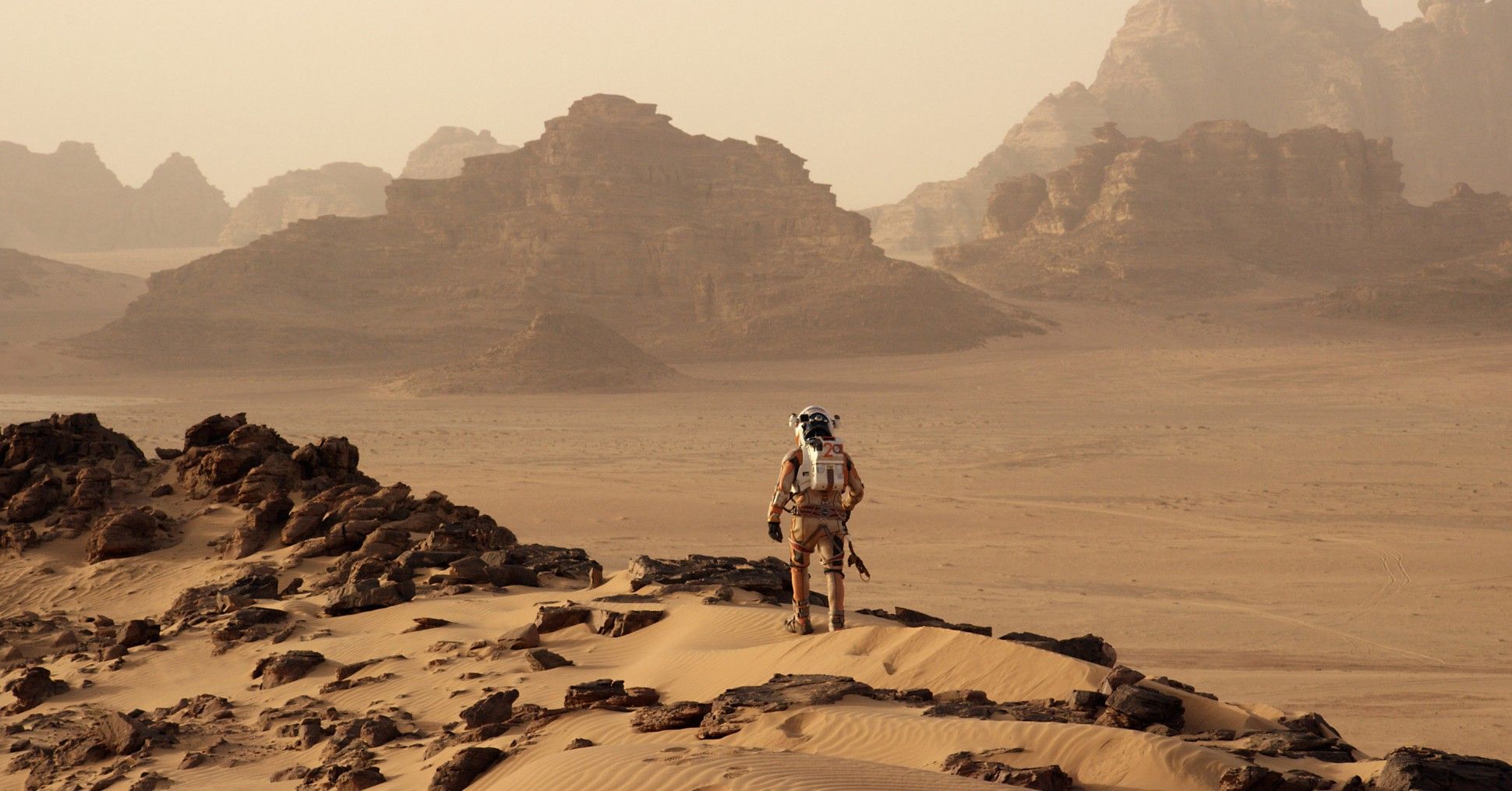 Matt Damon stars as a NASA astronaut stranded on the Martian surface in the forthcoming film adaptation of Andy Weir’s The Martian. Credit: Twentieth Century Fox.
Matt Damon stars as a NASA astronaut stranded on the Martian surface in the forthcoming film adaptation of Andy Weir’s The Martian. Credit: Twentieth Century Fox.







